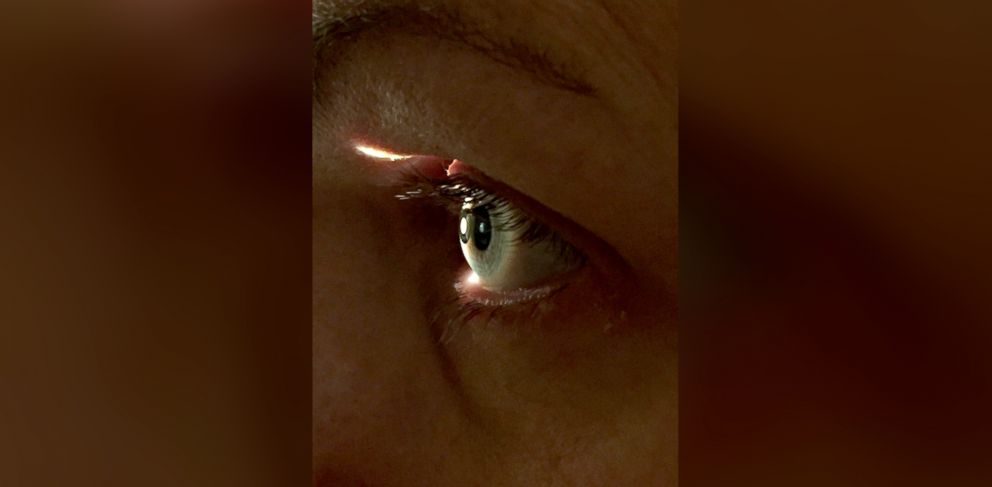Revolutionary New Procedure Could Replace Reading Glasses
The KAMRA inlay is a small disc implanted into the cornea.
— -- Millions of Americans use reading glasses every day, but a new procedure could eliminate the need for some people.
Donna Glenn, 51, took advantage of the new treatment, KAMRA inlay surgery, after getting fed up with her glasses.
“I had to put reading glasses on for every near task and reading glasses are traditionally never where you want them to be,” Glenn said. “You're always searching for them.”
Dr. Andrew Holzman, an ophthalmologist at the TLC Laser Eye Center in Rockville, Maryland, performed the KAMRA inlay surgery on Glenn.
“This technology addresses a major concern because age-related decline in near vision affects everyone,” he said. “It starts in our 40s, continues through our 50s and 60s.”
Holzman explained how the Food and Drug Administration (FDA)-approved procedure works and gave ABC News a first look at the procedure as he performed it on one of his patients.
“The KAMRA inlay is a small, plastic-like disc, about one-third the size of a contact lens, and about one-fourth the thickness of a human hair, so it's very small,” Holzman explained. “It has a small, central opening right in the middle, and what we do is we implant it into the cornea.”

He added: “It blocks unfocused rays of light from entering the eye and only allows the focused rays of light through, which means they are able to see a full range of vision -- from distance to near -- clearly.”
The procedure takes around 20 minutes and the inlay only has to be implemented in one eye to work, according to Holzman.
“We tell the patient to go home, take a nap and then they start using their eye drops,” Holzman said of the recovery process. “And the nicest part about it, if the patient doesn't like it, it is a reversible procedure.”
Risks associated with the KAMRA inlay surgery include the possibility that vision may not return to normal, even after the procedure is reversed.
Holzman said it can take up to one month for a patient to realize the full effect of the inlay surgery, which costs around $5,000 and is not typically covered by insurance.
By comparison, a typical pair of prescription reading glasses costs $200.
Glenn, Holzman’s patient, said she is “very happy” with the outcome of the procedure for her.
“I'm working on the computer, I'm cooking, I can see my recipes, I can read ingredient labels at the grocery store, everything I need to do,” she said.
“I don't even know where my reading glasses are and I don't care. I’m very happy.”




